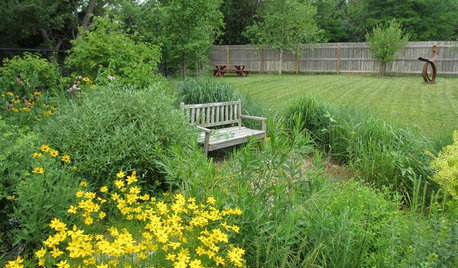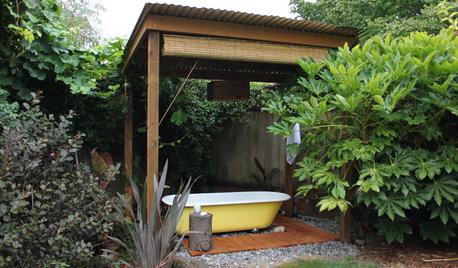Help! Why don't my soaker hoses last?
granburyflowergirl
14 years ago
Featured Answer
Sort by:Oldest
Comments (21)
Carla
14 years agoRelated Professionals
Bridgetown Landscape Architects & Landscape Designers · Saint Louis Park Landscape Architects & Landscape Designers · Walnut Landscape Architects & Landscape Designers · Andover Landscape Contractors · Cicero Landscape Contractors · Essex Landscape Contractors · Harvey Landscape Contractors · Hawaii Landscape Contractors · Metairie Landscape Contractors · Northport Landscape Contractors · Overland Park Landscape Contractors · Pleasant Grove Landscape Contractors · White Bear Lake Landscape Contractors · Missoula Window Contractors · Sarasota Window Contractorsmelvalena
14 years agohitexplanter
14 years agogranburyflowergirl
14 years agohitexplanter
14 years agodchall_san_antonio
14 years agotugbrethil
14 years agolou_spicewood_tx
14 years agohitexplanter
14 years agoCarla
14 years agosuburbangreen
14 years agowendygirl_martin_yahoo_com
13 years agoTxMarti
13 years agoroselee z8b S.W. Texas
13 years agoSingmysong
12 years agoollieduke
12 years agorock_oak_deer
12 years agocynthianovak
12 years agojohngreenhand
12 years agorleedickinson
8 years ago
Related Stories

BATHROOM WORKBOOKStandard Fixture Dimensions and Measurements for a Primary Bath
Create a luxe bathroom that functions well with these key measurements and layout tips
Full Story
GARDENING GUIDESHow to Design a Garden That Lasts
Climates are changing. Wildlife is evolving. Can your garden keep up?
Full Story
HOUSEKEEPINGThree More Magic Words to Help the Housekeeping Get Done
As a follow-up to "How about now?" these three words can help you check more chores off your list
Full Story
HOUSEKEEPINGWhen You Need Real Housekeeping Help
Which is scarier, Lifetime's 'Devious Maids' show or that area behind the toilet? If the toilet wins, you'll need these tips
Full Story
PETS6 Ways to Help Your Dog and Landscape Play Nicely Together
Keep your prized plantings intact and your dog happy too, with this wisdom from an expert gardener and dog guardian
Full Story
DECLUTTERINGDownsizing Help: How to Get Rid of Your Extra Stuff
Sell, consign, donate? We walk you through the options so you can sail through scaling down
Full Story
GARDENING AND LANDSCAPINGWhy Is There a Bathtub in the Backyard?
Nope, it's not waiting for bulk trash pickup. These days outdoor tubs are serving soakers, beer drinkers and even the fishes
Full Story
PETS5 Finishes Pets and Kids Can’t Destroy — and 5 to Avoid
Save your sanity and your decorating budget by choosing materials and surfaces that can stand up to abuse
Full Story
ORGANIZINGHow to Keep Your Home Neat When You Don't Have a Mudroom
Consider these 11 tips for tackling the clutter that's trying to take over your entry
Full Story
HOUSEKEEPINGDon't Touch Another Stain Before You Read This
Even an innocent swipe with water may cause permanent damage. Here's what to know about how rugs and fabrics react
Full Story





rock_oak_deer